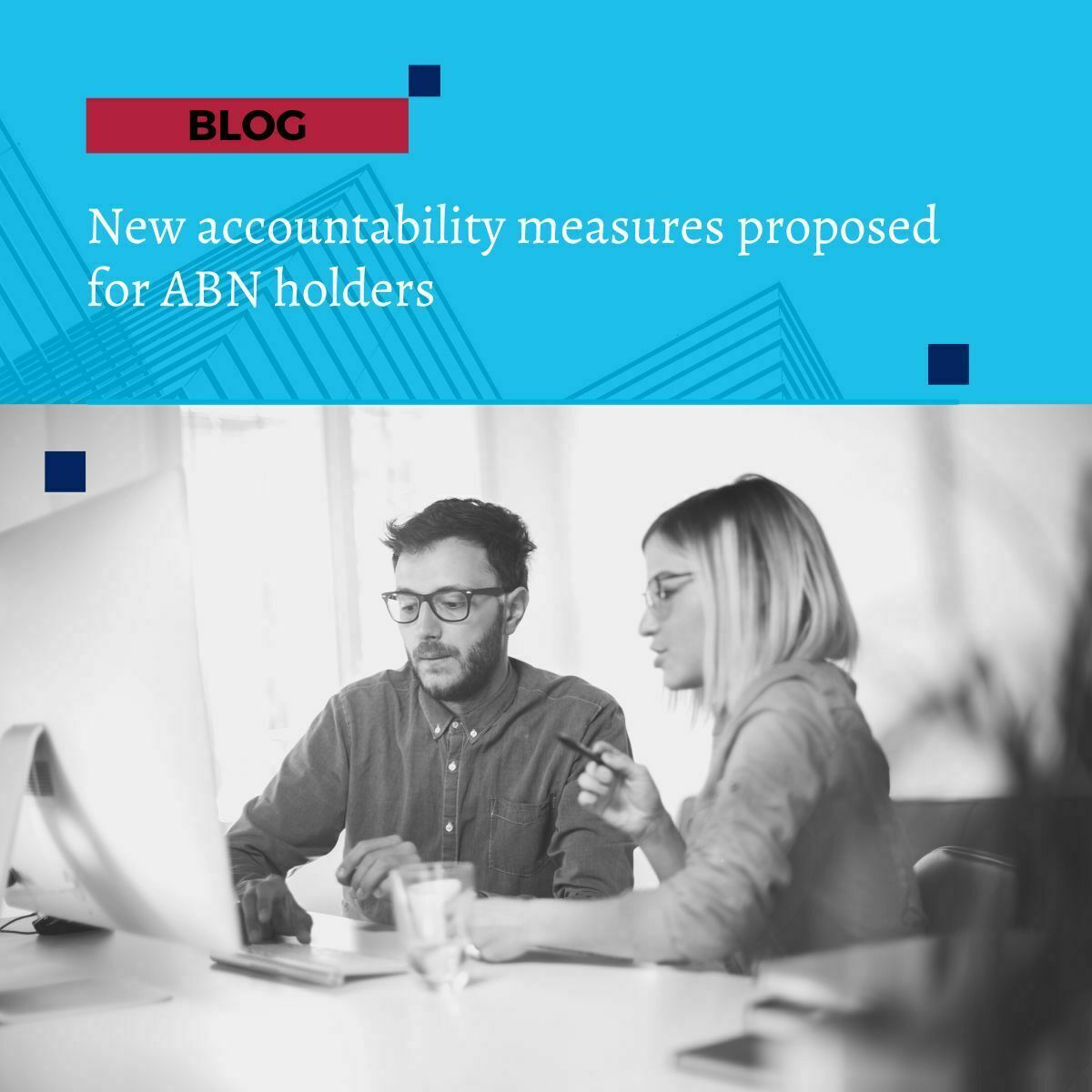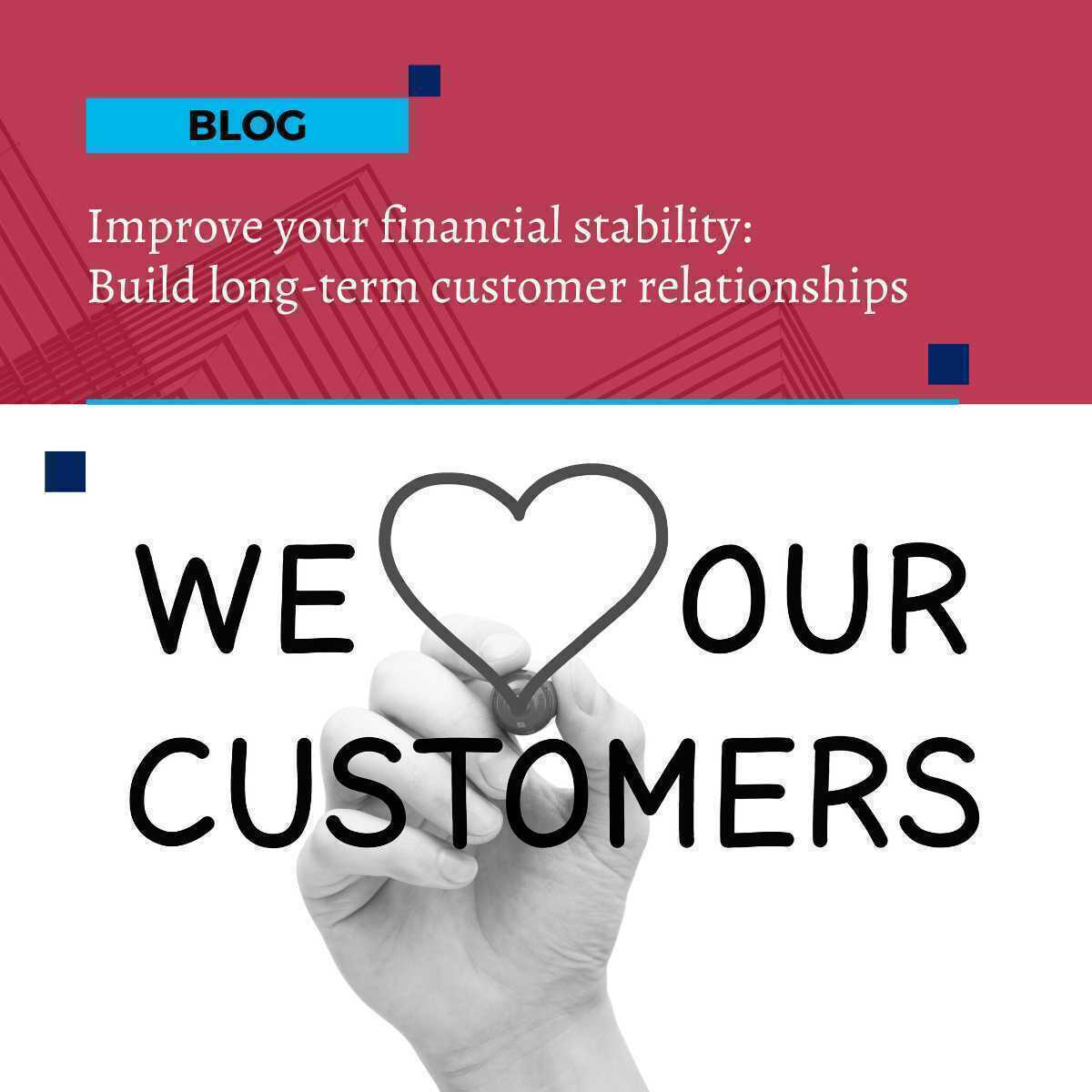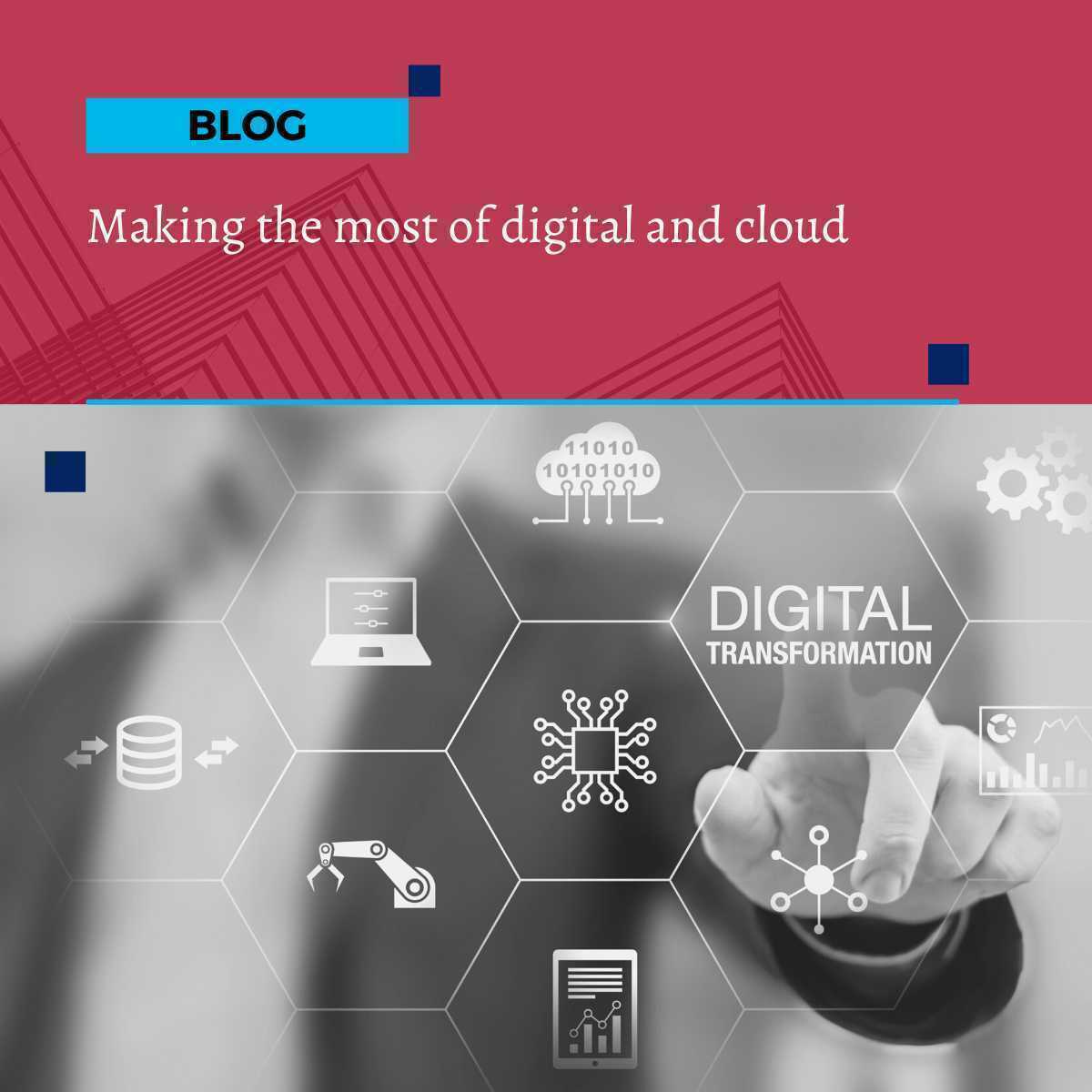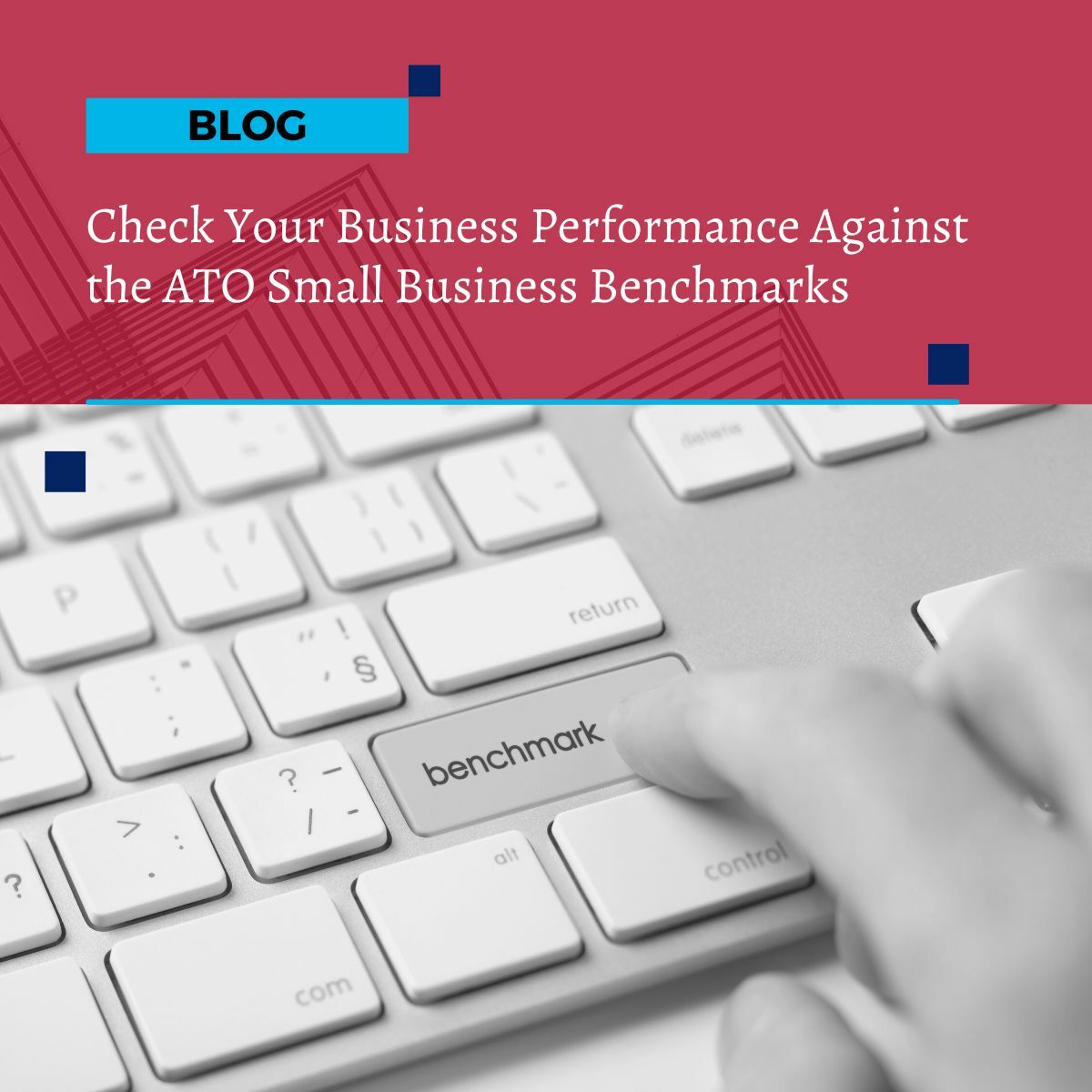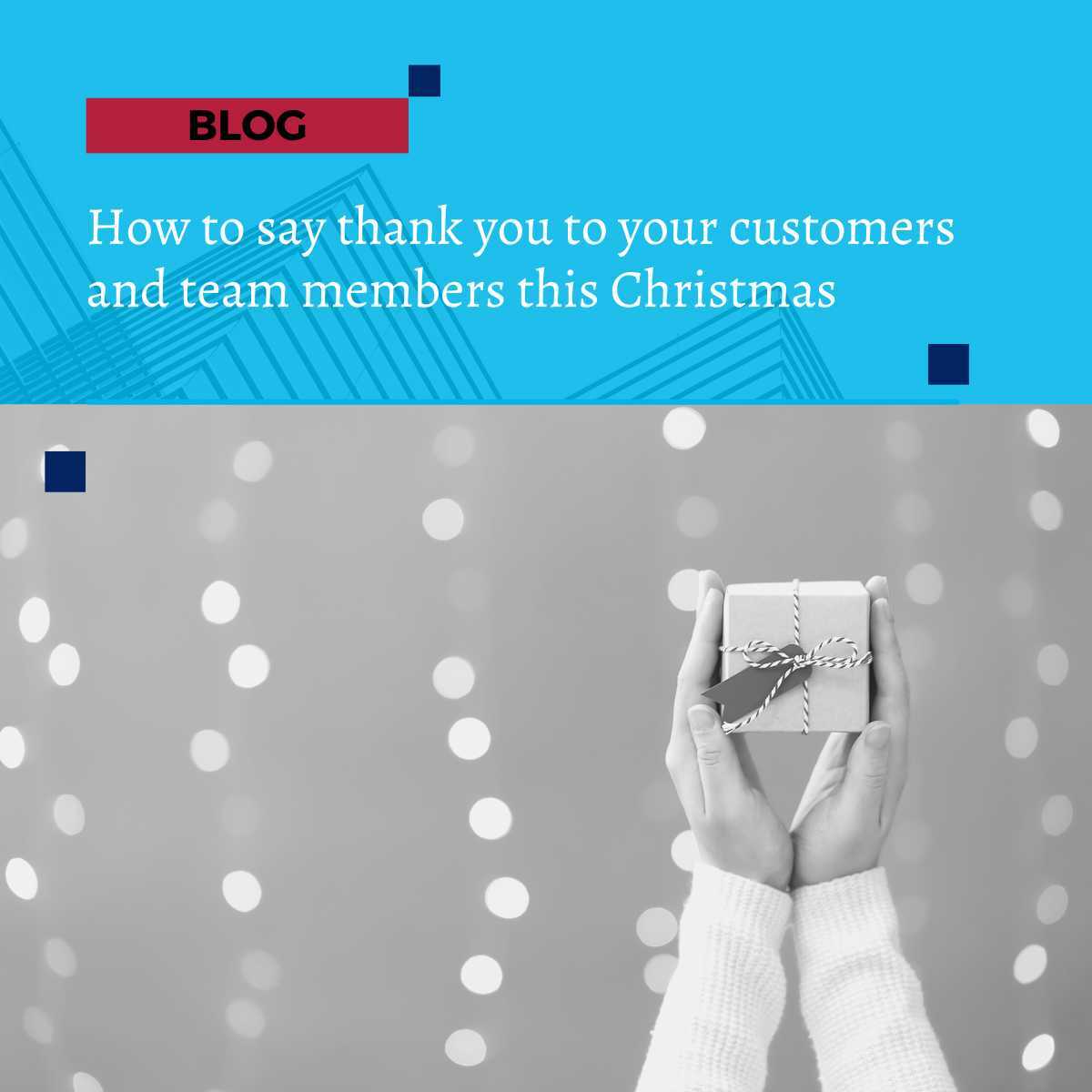Making the most of digital and cloud
Transforming into a digital business sets the best possible infrastructure for your future growth. And, as your business scales, the benefits of going digital will start to become obvious.
Running your key business processes in the cloud and using the latest digital software and apps adds to both your efficiency and your productivity. And, most importantly, digital systems are designed to scale with you as your enterprise grows and the need for resources increases.
Here are some of the big reasons for taking the plunge and diving into digital.
Automate your key manual process to increase efficiency
A scalable business has to systemise its processes and procedures. If your business model is still tied to manual processes and a system that only exists in the owner’s head, you’ll eventually come up against a capacity brick wall. Systemising and automating your processes is a fundamental step when you make the jump to digital.
Look at every internal and external step in your operations and write down how these systems work. Note down each task, who actions what and how the whole system links in with the next step in your operational chain. If there are opportunities to automate a step, automate it. Many business apps now include artificial intelligence (AI) or automation features that can chase up unpaid invoices, send automated replies to customers in live chats, or take automatic payments etc.
Work in the cloud to stay more connected
Since the start of the 2020 pandemic, the world has seen a quantum shift to remote working – and that’s only been possible because of cloud technology. Instead of working from local applications on our laptops or office-based servers, most tech-savvy businesses now use cloud-based apps that are accessible anywhere you have an internet connection.
Switching to cloud-based systems is a game-changer. You and your team are no longer tied to a physical office and can be productive from any WiFi-enabled location. That could be your home, your customer’s warehouse, your regional office or your local coffee shop.
And the benefits aren’t just limited to remote working.
With your applications and databases in the cloud, you can access customer information, sales data or financial numbers wherever you happen to be. Everything is securely backed up and available at the press of a button – that’s an invaluable benefit if you want to be flexible, connected and scalable as a business.
Create your own custom app stack
Your business systems and software no longer have to remain static and based on the office server. By combining a business and accounting platform like Xero with your own choice of business apps, you can create a truly tailored ‘app stack’.
Apps use an API (application programming interface) to connect with each other, share data and form a larger business system. This can include apps to:
- Manage and automate your bookkeeping and accounting tasks
- Send out e-invoices to your customers to speed up payments
- Take automated payments and reconcile your transactions
- Automatically chase late-paying customers and carry out credit control duties
- Project manage your operations and provide detailed reporting
- Manage your job utilisation and time spend on each project
- Keep a detailed real-time inventory of your products
- Send out marketing campaigns and social media posts to your audience
- Interact more closely with your end customers and learn their habits
Talk to us about implementing the appropriate app stack into your business.
Record and track your business data
App integrations and a customer app stack don’t just improve your productivity. Because your apps are connected via APIs and are sharing your business data, you also have access to a wealth of data, information and reporting features.
Look in detail at your cashflow, expenses and spending to improve your cash position. Take a deep dive into your sales and marketing information to find out who your best (and most profitable) customers are.
Run projections and ‘What if…’ scenarios, based on your historical data to forecast the future path of the business. There are plenty of ways to make use of this bountiful data to help you review, understand and improve your performance as a company.
Make better-informed business decisions
A business in the pre-computer age would have had very little information on which to base its decision-making. Annual accounts, cashflow statements and some basic management information would have been available, but there was very little real-time data to refer to.
In the digital age, you can literally see every aspect of your company’s performance in real-time – and, in some cases, in the future as well. That’s a game-changer in so many ways, and something every business owner should be using to improve strategy, financial management, customer experience and business decision-making.
To summarise, a digital business:
- Creates systems that are integrated and connected
- Shares and records all your business data
- Reviews, analyses and finds insights in your business information
- Connects with your customers in more meaningful ways
- Makes better-informed business decisions, as a result.
